Reinventing the MSR® Hubba Hubba™ NX Tent – MSR Shelter
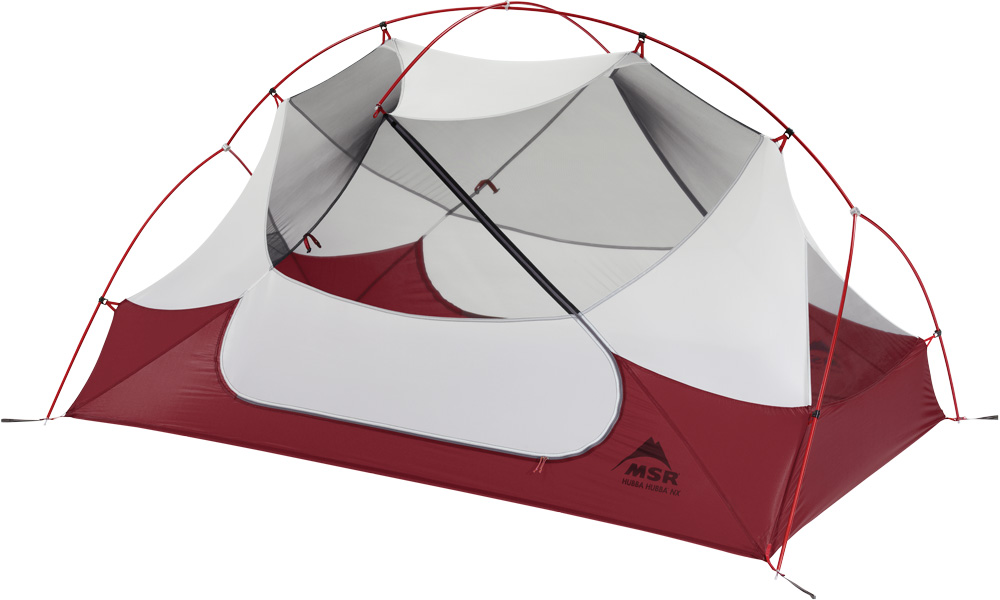
For over 10 years the MSR Hubba Hubba tent has been a bestselling backpacking tent, so when we decided to create a new version, we first asked a question that guides all of our design work: “what’s the problem we’re trying to solve?” Ultimately, we wanted to make the tent even lighter and more livable, which meant going beyond simple updates or even major ones, like the changes to the Hubba Hubba™ HP. Here’s a brief look into our process of reinventing the Hubba Hubba.
Problem-solving design
At MSR, we actually build possible design solutions and test them ourselves, whether it means designing different pole configurations, moving guy points around or sewing in various types of vents to see how they affect the tensioning on the rainfly. Then we test the prototypes, not only in our onsite design lab but also in the field. Dale Karacostas, Director of MSR Shelter, has spent 30 days to date in the new MSR Hubba NX and Elixir tents, just to test them out.
But where does it all start?
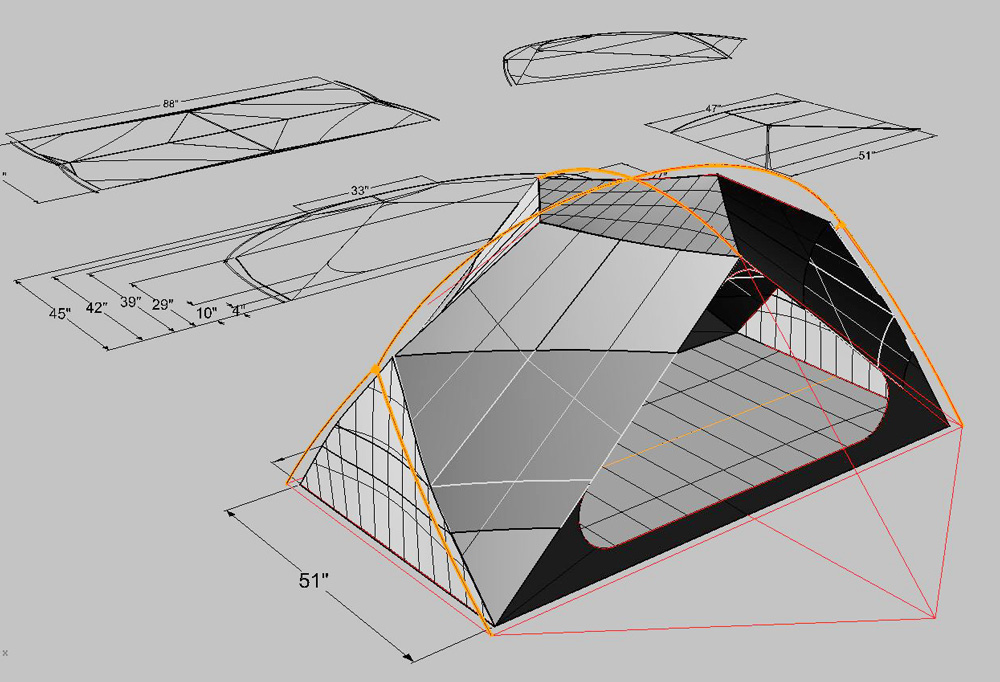
Tent geometry
First we do our architectural and engineering research. We consider a number of possible design solutions in a CAD system, which provides critical measurements such as overall pole length and number of pole sections required for a particular configuration. For the Hubba Hubba NX redesign, our challenge was to create the most livable, ultralight 2-person tent.
To our surprise, and after considering 10-15 other pole configurations, we kept returning to the classic Hubba Hubba pole geometry: two legs at each end connected by a hub, a center “spine” connecting the hubs, and a spreader pole in the middle. This configuration promised the most volume possible for the length of pole, indicating an ideal balance of livable space and light weight. Then we modernized the design. We placed the hubs in a slightly different position, adjusted the length of the pole sections, and selected new, lighter DAC poles.
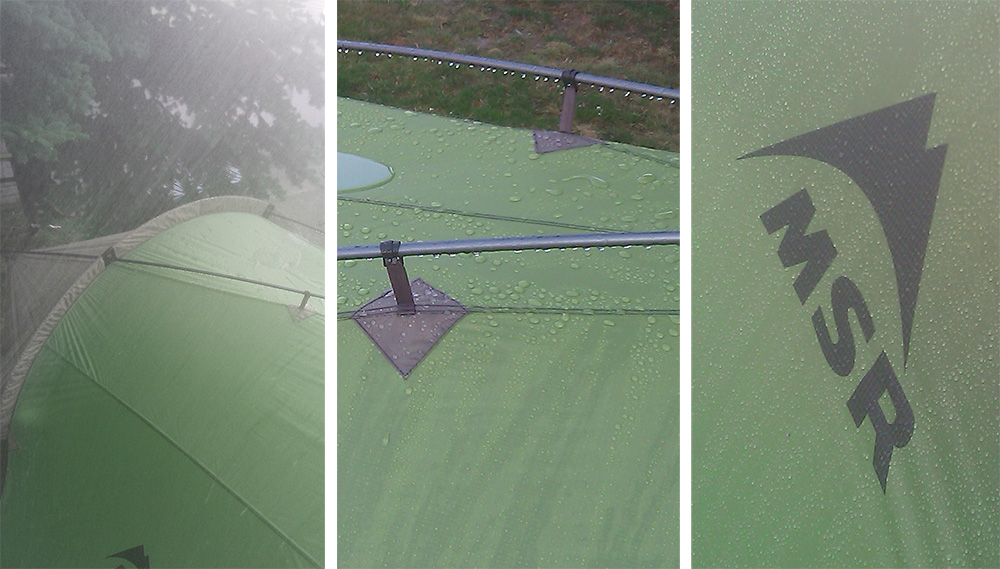
Fabrics
Just as important as the pole assembly was our choice of fabrics, which had to strike the right balance of ultralight weight and durability. To test the tents’ weatherproofing in the field—actually, in Dale’s backyard—we set them up in a sprinkler zone and soaked the fabric for 24 straight hours. We also submerged the fabric in a bucket to absorb as much water as possible before putting it on a tent to see if it would still tension properly. Because at MSR, we always design products with a mind to how the individual parts affect the larger system.
In another example, we chose 20D ripstop nylon for the Hubba Hubba NX rainfly not only for its light weight and strength, but also because it stretches taut and sheds water better. But because it can stretch, we designed for extra space between the tent and rainfly to increase airflow and to help prevent water from seeping into the tent from contact between the two layers.
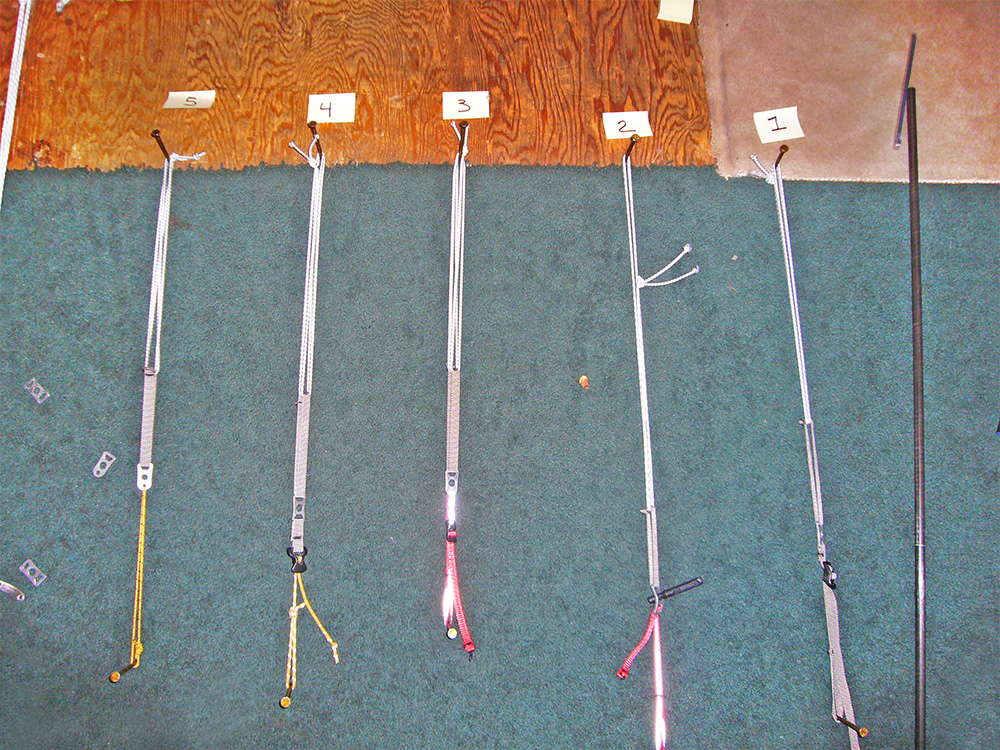
Inventing the details
Early on in the design process, we realized that we wanted to create a lighter tent than could be achieved just by swapping out existing materials such as fabrics and poles. That meant developing lightweight parts ourselves, preferably with additional functionality. One example is our new lightweight adjustable stake-out loop system, which integrates multiple parts and allows for maneuvering around rocks and other obstacles when staking out your tent.
Fifty people tested 20 different versions before we selected a final stake-out loop design, which we load-tested to failure at our onsite facility, as we do with other tent materials. Then we did field testing along the Washington coast on a windy day to validate our lab results. In the backcountry, it’s typically a very quick force—a big wind burst, for instance—that will put a tent to the test, which is very different from a machine that pulls slowly, adding more force to a part until its absolute break point.
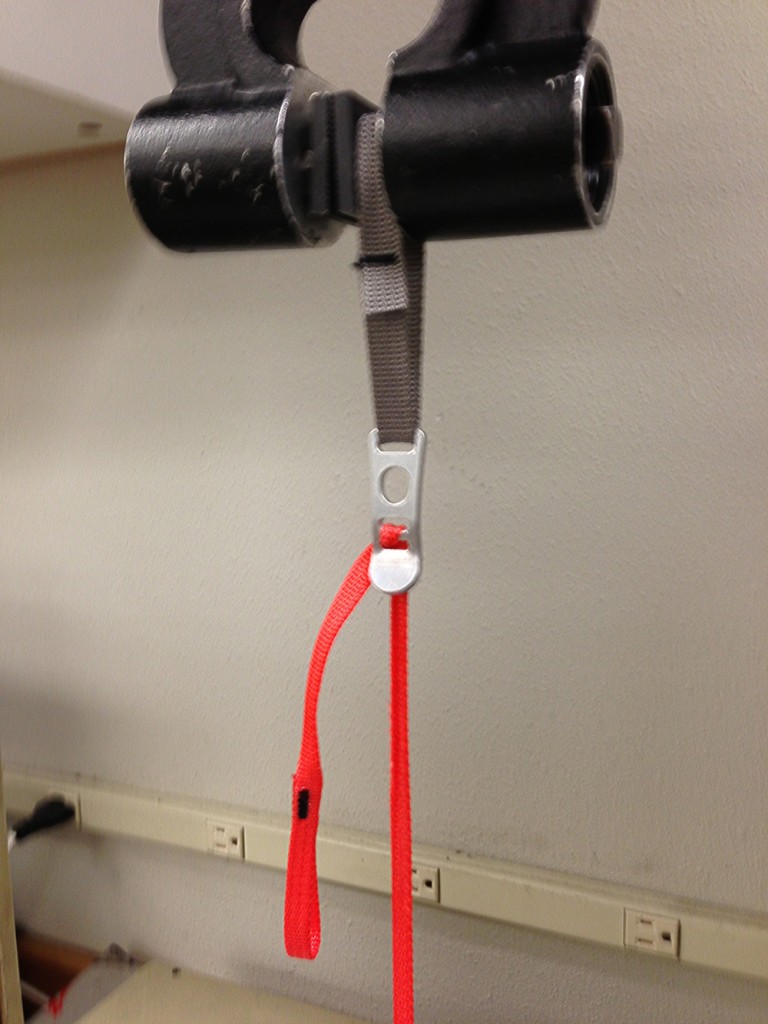
All our research helps us make necessary changes along the way. When we discovered that the angle of force on the stake-out loop’s aluminum connector piece was different than the stress angle applied the load tester in the lab, we redesigned the grommets. It turned out that adding an extra 1mm thickness made all the difference.
What may seem like small details—grommet thickness, fabric density, hub positioning, zipper orientation and so on—synergistically work together, adding up to a big effect in the backcountry experience. We reinvented the ultralight Hubba Hubba NX to make your time inside the tent almost as enjoyable as your time outside it. And after many steps in the process, we can say that we have arrived.
MSR load tests tent materials to absolute break point: See how much pulling weight a guy point designed for the MSR Hubba Hubba NX tent withstood.)
